[For Space Settlement Blog Day, July 20, 2009]
Can we afford to settle space? A concomitant question is “Can we afford NOT to settle space?” but let’s leave that aside for now. In the long run, space settlement will not be a consumer of wealth but will be be a creator of wealth. This is basically a truism because if space settlement does not become a creator of wealth it simply won’t happen. Assuming civilization survives, it is likely to move into space because that is where the vast bulk of available material and energy resources are located. Utilizing these resources creates wealth.
The real question is: How do we get there from here? All space settlement scenarios have one thing in common — a very high startup cost before wealth starts being created. Dealing with this chicken-and-egg problem has been plaguing the space movement for the past 40 years. We don’t have the startup money.
Or do we? “What do you mean we don’t have enough money?” aerospace writer Eric Burgess once said. “We invented money.”
This response is not just flippant. A monetary invention, the private stock company, was at least in part responsible for financing the settlement of the New World at a time when reaching it was difficult, expensive, and dangerous. As a result, the New World became the largest creator of wealth in history. Space can do the same.
Besides inventive technologies, we need inventive ways of financing to settle space. There is always a lively debate within the space movement whether such financing should be governmental (with its inherent inefficiencies) or private (with its too-short time horizons), or some creative combination of the two.
A recommended classic paper addressing these subjects was written in 1978 by J. Peter Vajk (rhymes with “Like”) as part of the big DOE/NASA study of space solar power. The paper, “Satellite Power System (SPS) Financial/Management Scenarios” [3.7 MB PDF file], described 10 organizational models for managing and financing projects of this magnitude (the paper is also a model of expository writing). The ten models are as follows:
- Existing government agencies, e.g. NASA, DOE, etc.
- A new government agency, patterned after the Tennessee Valley Authority (TVA)
- A taxpayer stock corporation, a new concept
- A trust fund supported by energy taxes, patterned after the financing of the interstate highway system
- A federal agency financed by bonds, patterned after the Federal National Mortgage Association
- A staging company, an as-yet unrealized new concept for a fully private venture
- A government-chartered monopoly, patterned after the Communications Satellite Corporation (Comsat)
- A consortium model, already used for large-scale projects
- A corporate socialism model, patterned after such developments as the transcontinental railroad
- A universal capitalism model, a concept similar to Employee Stock Ownership Plans
It is not intended here to argue which (or which combination) of these might be the best. The point is that creative solutions can be and to some extent have already been identified. It remains to be seen what role our generation will play in the process of realizing them.


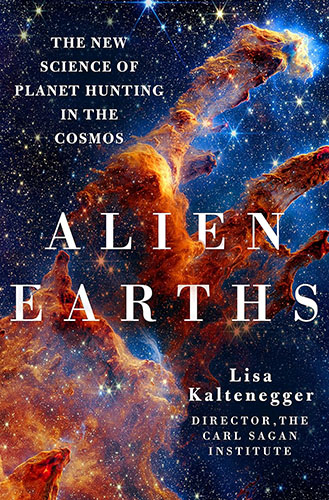
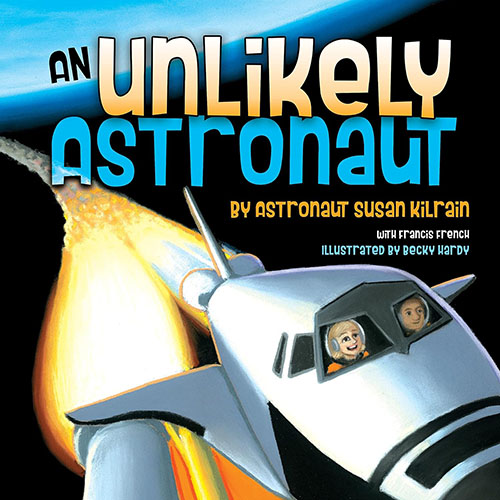
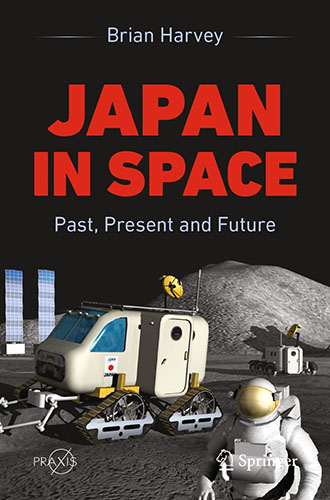

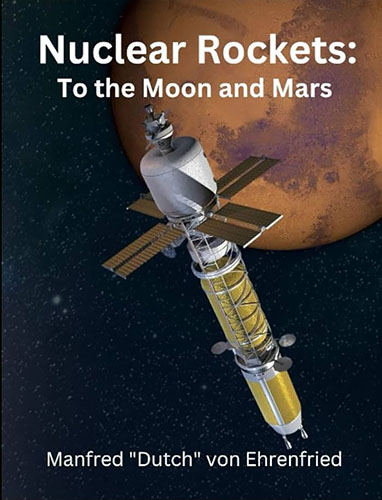

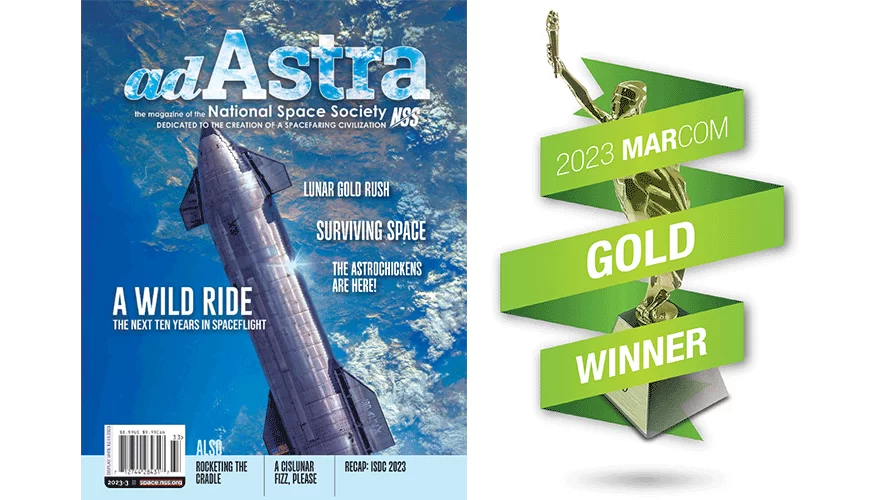
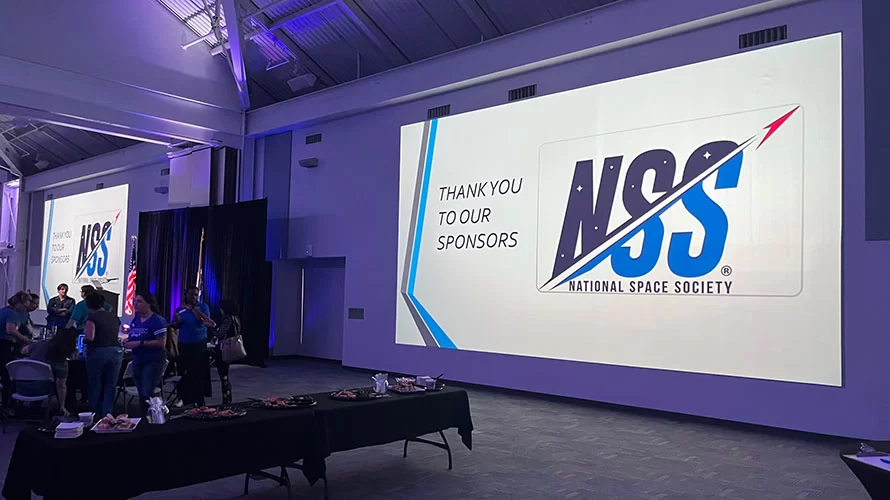


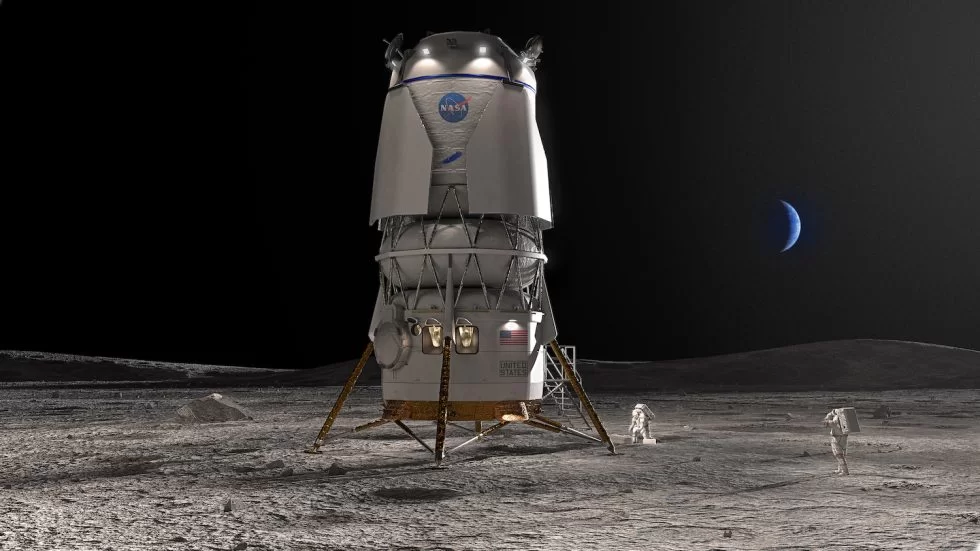
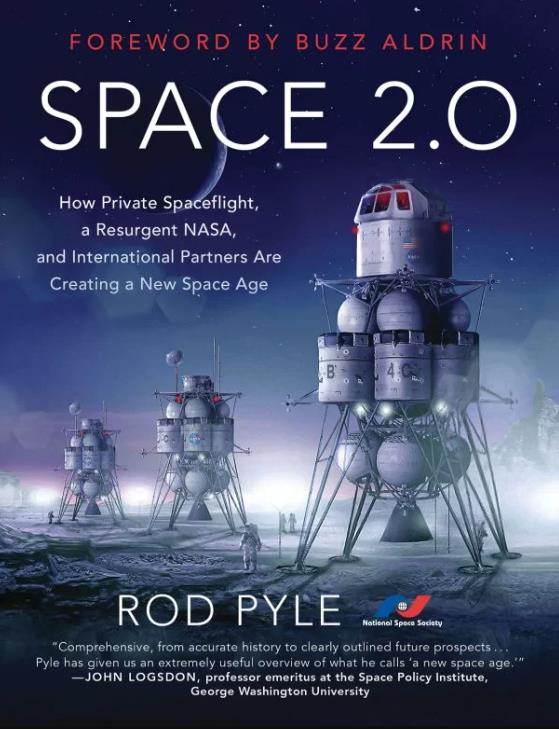
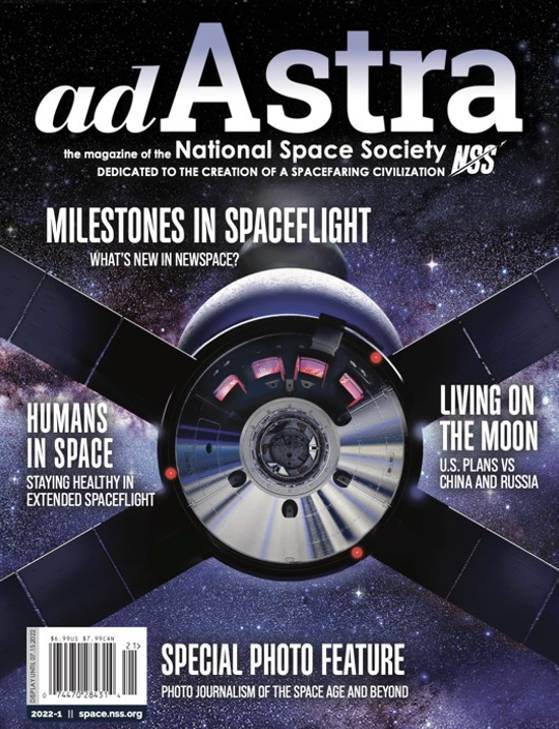
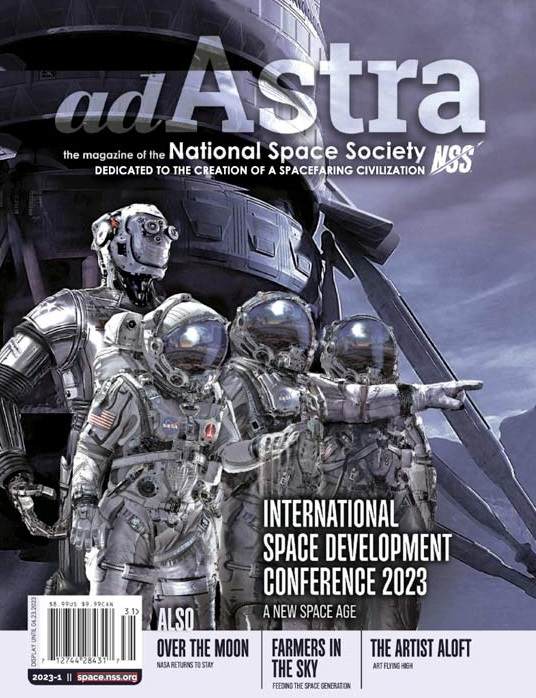
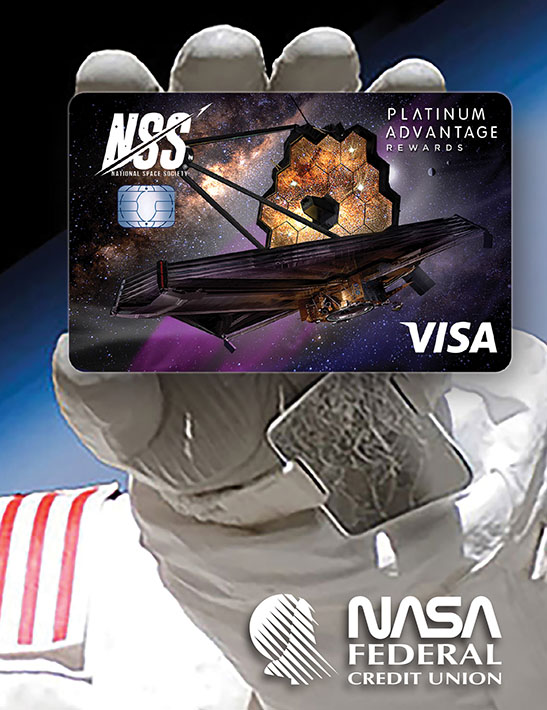

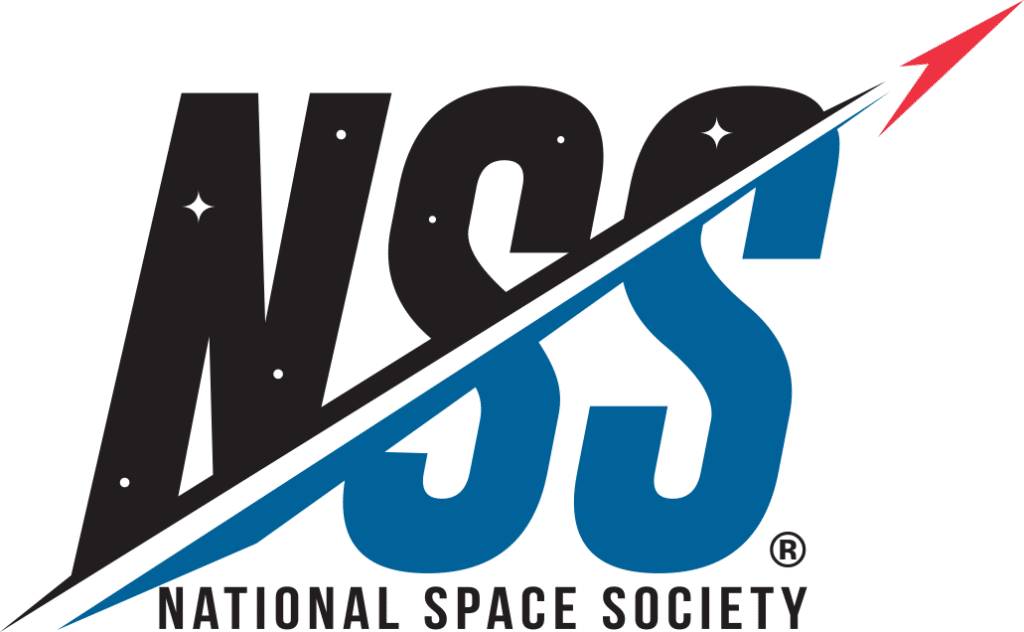
3 thoughts on “Can We Afford to Settle Space?”
Space colony in the future ? ISS is a space colony that is up there now . Have any of you a satellite dish on the side of your house . The cash you speak of is already being generated . My question is when will the next colony be built and by whom . The race to the moon is on and its resources that is driving the race . Just like 500 years ago . Now there are more people living in the so called new world than in the old world . Once mining companies realize that mining is easier and cheaper in space than picking through this silicon slag heap of a planet ( subduction pulls most of heavy elements to the core ) for the things we must have. They will go into space with all the gusto of the gold rush . Space offers unlimited energy and unlimited resources . imho in 500 years there will be more people living in space than on earth and not down another gravity well.
Hello there..
we have produced a film about space settlement, please check it out at
http://www.youtube.com/watch?v=e14LDWt-Q1k
Thanks!
Adam
Thanks adam what a treat .